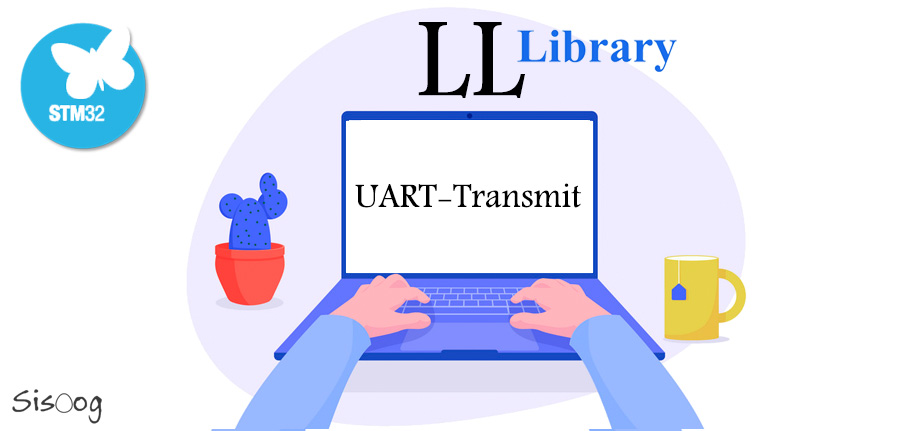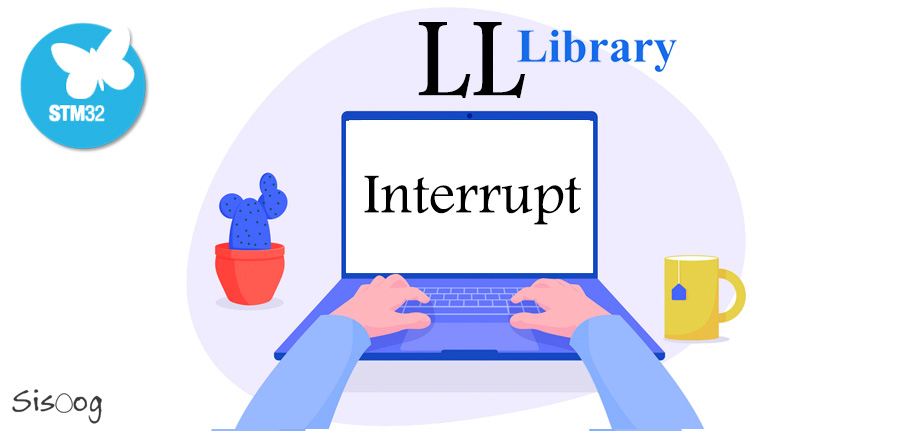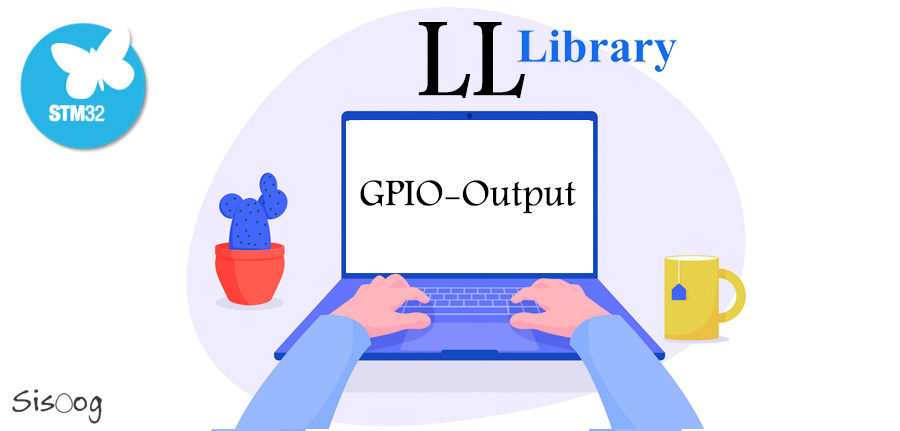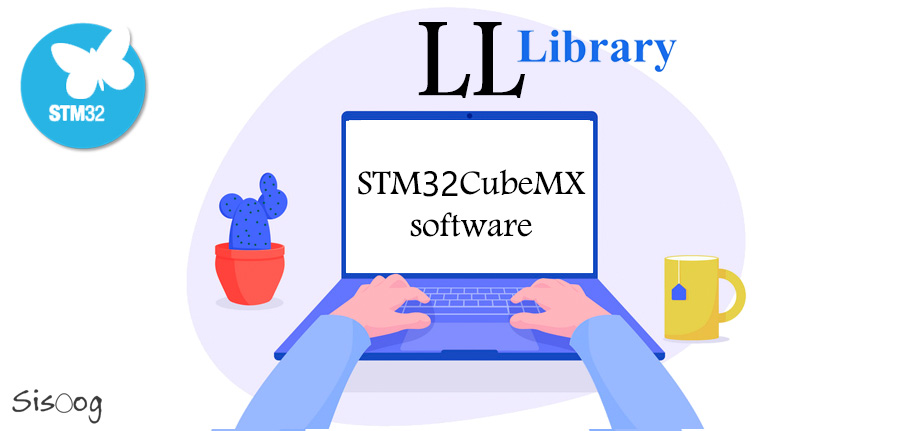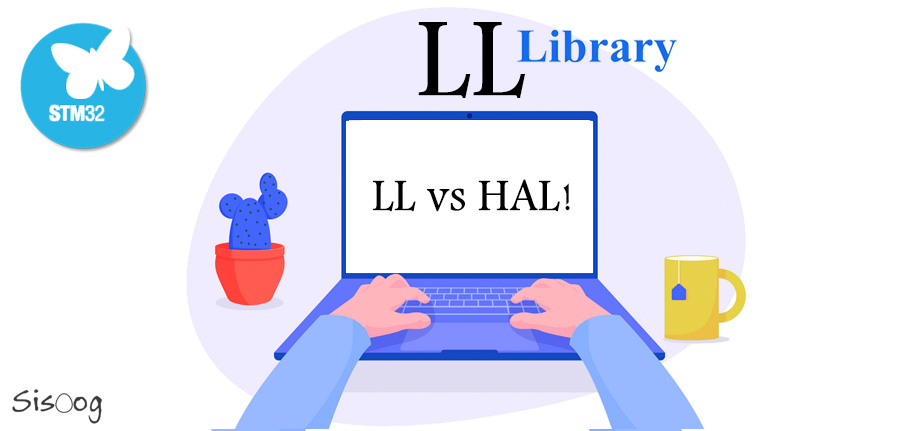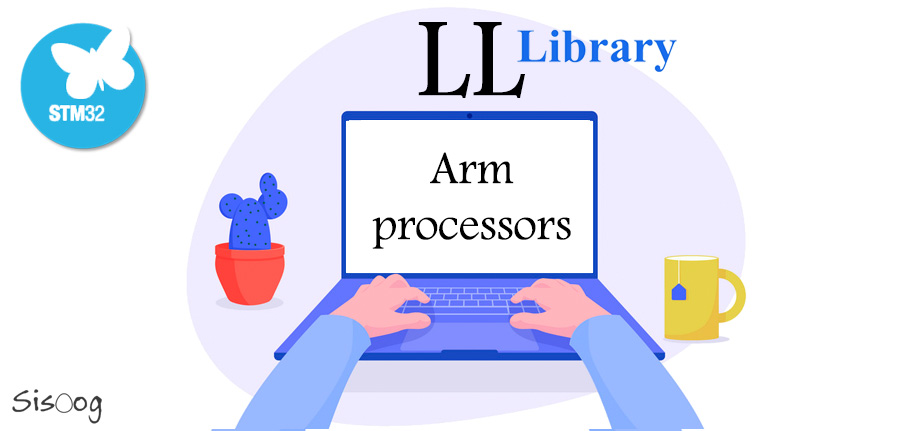Low layer library ninth Part: UART-Receive
In the eighth part of STM32 tutorial with LL functions, first we talked about the basics of UART protocol and describe that a data packet in this protocol includes what parts and at what baud-rate this data can be transmitted. Finally, we surveyed the UART protocol in the STM microcontrollers and implemented the data transmit on the board. In this part we want to setup the UART-Receive part. The challenge of receiving data in the UART protocol If you… Read More »Low layer library ninth Part: UART-Receive

